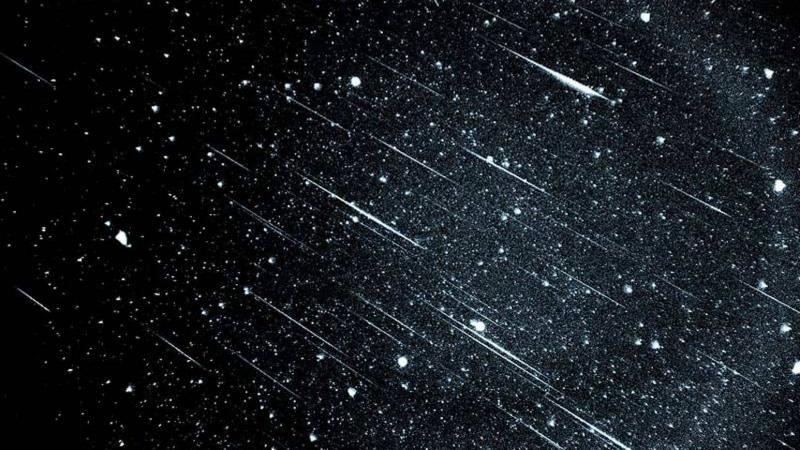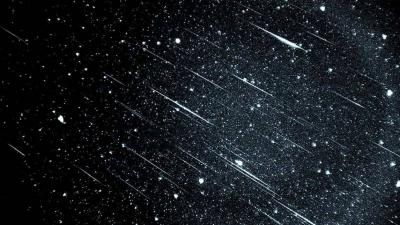The skies over the Arab world will witness the peak of the Geminid meteor shower starting midnight on Thursday, December 14, and during the hours before sunrise on Friday. This shower is one of the most prominent annual meteor showers. Majid Abu Zahra, the head of the Astronomy Society in Jeddah, explained, "The year 2023 is ideal for the Geminids as the moon will be in the crescent phase and will set early in the night, leaving the sky dark for observing the meteor shower. The best time to watch them is around 3 AM while looking towards the northeastern horizon with the naked eye from a dark location away from city lights."
He added, "The Geminids will appear to originate from the constellation Gemini, near the star Castor, but meteors can appear from anywhere in the sky when they burn up at altitudes between 70 and 100 kilometers." It is noted that the Geminids are most active annually from December 7 to 17. Under ideal weather conditions, and with no moon from a dark location, it can produce up to 120 meteors per hour at its peak, but the actual number may vary between 40 to 60 meteors per hour, as it depends on field observations.
Most meteor showers typically originate from "comets," but the Geminids come from the body 3200 Phaethon, known as a rocky comet. This rocky comet is an asteroid that passes very close to the sun; for Phaethon 3200, it is at a distance of 20,943,702 kilometers, which is less than half the distance between Mercury and the sun. The sun's heat makes it very hot, causing it to eject dust from its rocky surface, and materials can flow like water on its surface.
It is believed that Phaethon 3200 can sometimes develop a tail similar to that of comets, dispersing its material that falls as Geminid meteors, which has indeed been recorded during its approach to the sun. Notably, the Geminids can produce very bright meteors called "fireballs," which are larger than ordinary meteors and do not impact the Earth.




